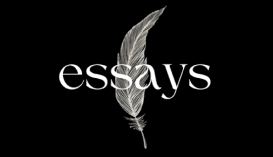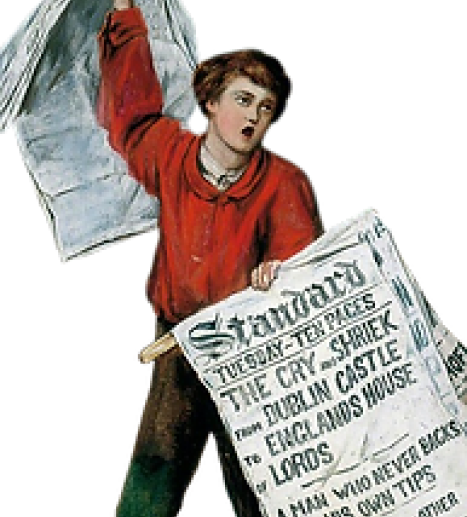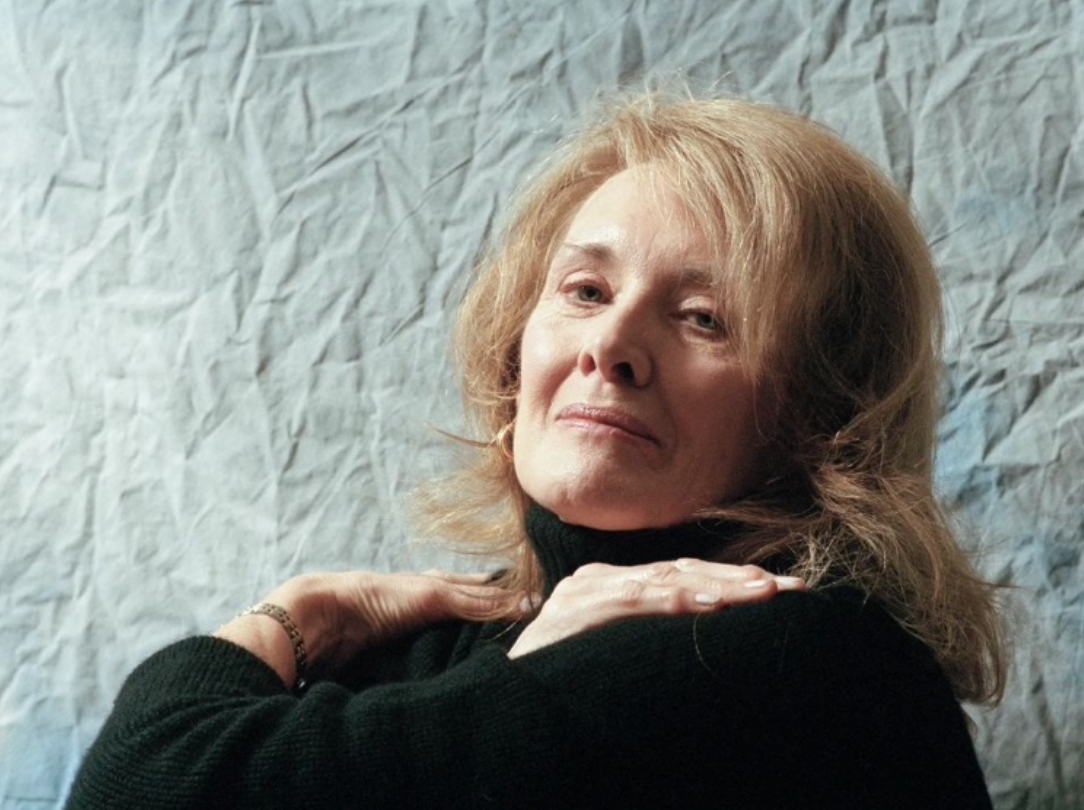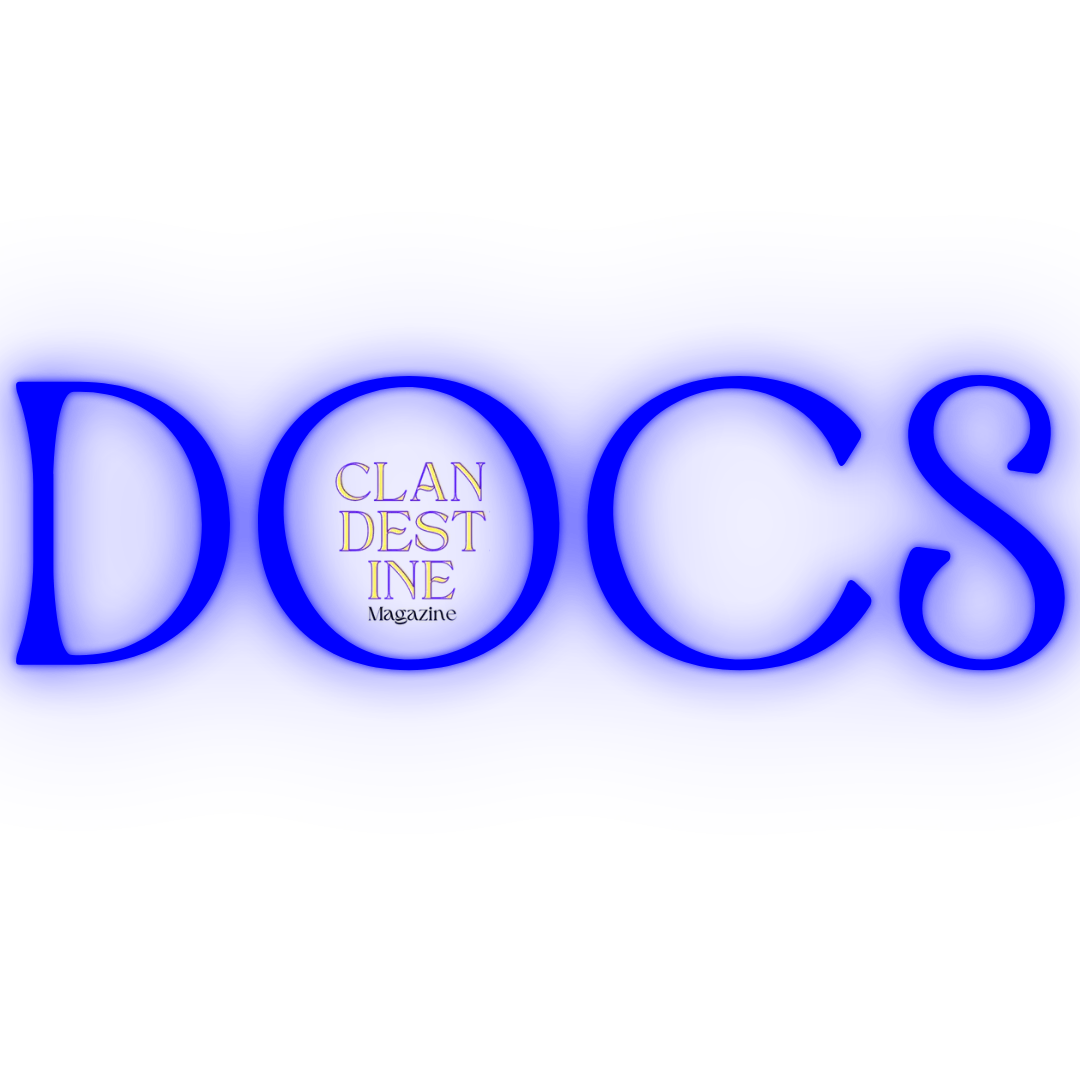In A Girl’s Story, Annie Ernaux, in a somewhat self-indulgent practice, recounts her girlhood: all its desire, shame and vulnerability that encircles the years of female adolescence. Ernaux’s creative ability to place herself into the body of her 18-year-old self means reliving sexual and emotional trauma. She divulges into the summer of 1958 when she worked as a camp counsellor in Normandy, France. With Judith Butler’s theory of our gendered self at play, Ernaux meditates on the many selves we possess, and her experience of performing the role of femininity. Reliving this period of immediate pain shows a certain fearlessness, to be able to look fear in the eye, sit beside shame and listen to what it has to say.
Foregrounding A Girls Story is Ernaux’s thematic exploration of the self, and our many selves. Initially, Ernaux depicts her detachment to her younger self, specifically the girl of ’58. She writes ‘I too wanted to forget this girl. Really forget her…stop yearning to write about her.’ Ernaux paradoxically articulates her desire to forget and yearn for this girl, opening our contemplation: how can yearning for herself coexist with self-contempt?
Emphasised in its epigraph, ‘I know it sounds absurd / Please tell me who I am’, A Girl’s Story is riddled with existentialist contemplation. Ernaux initially identified the girl as ‘a stranger who imparted her memory on me;’ it is only during the writing flow state does she will herself to herself, where she is able to say, ‘It’s me, it’s her.’ She implicitly expresses that the process of writing was the liberator of all her shame, that mapped the journey between her and herself.
Ernaux’s (reliving of the) struggle to grasp her self was underpinned by the conditioned ideals of womanhood and sexuality, and the interchangeability of the two. The liminal space between childhood and womanhood assured a certain self-existentialism. The growing misalignment between Annie’s internal desires and external ideals, from physical changes to newfound internal activity (desire, lust, and introspective questions), ‘she’ struggles to maintain stable footing within herself. The nature of these internal happenings clashed with external regulation of female bodies and desire. From her catholic sheltering to ‘social inadequacies,’ a sense of unbelonging is fuelled in the social world at camp, and in her life.
This visceral sense of unbelonging affects her navigation of a stable sense of self. Ernaux defines her past self as ‘an anomaly’ and the ‘“floating” group leader.’ After H’s abandonment and her female peers’ ‘contempt’ towards her, Ernaux writes ‘She is lost – a rag doll girl.’ Reliving Annie’s visceral social and female unbelongingness, her sense of self is vividly broken through her own depersonalisation into a ‘rag doll’, believing she is something to be toyed with until broken and worn in.
To achieve a sense of affinity, Annie resorts to performing, straying her further from the self. Ernaux writes ‘she wants to remain with the others. I see her want to be like them so badly she resorts to imitation.’ She performs a role in search of that feeling of belonging. Ernaux’s recognition of this feminine and social performance, that hinders the authenticity of personhood, further shows her rawness and courage to write about potential taboo. This conflict between Annie D’s inner and external world is relayed through ‘I perceive a desire to acclimatise to the new environment but also a perversive fear of being unable to do so’ ‘of never reaching…the ideal.’ Her acclimatising is her performing; moulding herself into a way that conforms to the social code, an institutional way of being. Judith Butler, in her Performative Acts and Gender Constitution, argued gender as an act of doing, rather than a way of being. She writes ‘those who fail to do their gender right are regularly punished.’ Annie D’s shortcomings in womanness, and thus humanness, urges her to a form of punishment: social isolation, H’s abandonment, and the girls’ ‘loathing’ of her. In the performance of gender, Ernaux writes Annie is ‘disqualified from the start,’ in this twisted game of our social lives.Visiting her past self means she revisits that feeling of inhumanness amongst humanity, unwomanly amongst women, and the idea of inner stability mimicking outward stability. If H desires her, Annie’s sense of personhood is nurtured, because if she is wanted, then she is real. If she moulds her body into a lesser version, petite and childlike, then she belongs in womanhood. If she blocks her desire, she remains pure and good.
Considering this, Ernaux explores female shame as an outcome of being the outsider, Butler’s punishment, if you will. Her body, sexual activity, younger age, and sheltered upbringingcommunicate her social position as the floater. Her body invites immediate foreignness. Her physical differences equating to her feminine foreignness brings forth the female struggle of identity and physicality. To be a woman is this: before you are an emotional being, social being, spiritual being, sensual being, you are a physical being. Amongst girls with petite bodies that meet the metric of a good woman, young Annie was left isolated further at camp, because of her slightly bigger shape. Provoking her sense of social, female inadequacy, navigation of the self becomes progressively harder. Acutely characterising the relation between the body and social affinity, Ernaux defines herself as ‘that other, shaped from chubby flesh.’ She literally defines her otherness as being derived from her body. Annie D’s internalisation of this led to her self-destruction: anorexia, bulimia, then her period stopping. Butler writes on the interchangeability between the idea of female identity and of the body. She states, ‘one is not simply a body, but…one does one’s body,’ suggesting that you are not what you are but what you do. Failing to ‘compel the body to conform’ is failing to identify as a woman, and so, failing to identify amongst humanity. Ernaux mediates on this feeling of social alienation from humanity, leading the reader to another leading struggle of girlhood: shame.
Ernaux seemingly explores shame as an exclusively female experience. In The Years, Ernauxwrote ‘for girls, shame lay in wait at every turn.’ The importance of shame as a feeling and weapon of control, is relayed through its agency, its aliveness, in ‘lay in wait.’ Annie’s shameful desire and identity struggle is established in Chen’s statement ‘the self is the home of shame and desire.’ Shame and desire exist beside each other; in a constant cycle. The state of shame cannot diminish desire, it only tangles itself amidst it.
With this in mind, we must then look at Ernaux’s articulation of shameful desire as a feeling itself, and its relation to identity. As Ernaux looks at her old photo, she states ‘she is all desire’ and finalises with ‘I feel as if I want to stop here,’ suggesting the defining identity of her younger self goes only as far as desire itself: this life enveloping emotion, as if it were all who she was. Ernaux’s recognition of the interplay between female desire and identity subtly mimics the words of Anne Carson, in her Eros: The Bittersweet, where she explores the nature of desire and contemporary eros. Alike to Ernaux, Carson similarly articulates desire as something in negotiation with the self, writing that ‘when I desire you a part of me is gone’and that ‘the self forms at the edge of desire.’ This expresses its immediacy with identity, echoing Ernaux’s personal experience. Ernaux’s attempt to reconnect with her past self would mean she would have to regurgitate the feeling of desire itself.
H’s mistreatment of Annie, and her acceptance of it illuminates one of the struggles of female adolescence: the gender power imbalance’s effect on female identity. Ernaux illustrates the pervasive male dominance she faced during that summer of 1958. From minor interactions toovert actions of control, Ernaux experienced the restrictions upon her autonomy, and its impact on gaining a stable sense of self. A Girls Story is thematically concerned with powerplay between men and women, such as gender performance. This powerplay coincides with Butler’s ‘gendered self,’ and the active becoming of a woman, rather than innately being one. Ernaux writes that girls, in their encounters with men, ‘dissolve and watch a reflection of themselves act, obey.’ Alike to the ‘imitation’ of her female peers, Annie essentially plays the feminine, the submissive in her encounters with boys, in order to find self-stability. Linguistic choices such as ‘obey’, alongside dubbing herself the ‘slave’ and H the ‘master,’ Ernaux returns to that visceral state of emotional submission.
Alongside H’s ‘gendered self’ playing a part in his mistreatment of Annie, Annie’s feminine role of passive acceptance is key here. She is accepting of his ‘raging desire.’ He is violent and tempered in his lust. H takes advantage of Annie, abusing his power role, the predator, knowing that she will comply in his violence. Her complete apathy to this brutality is depicted through ‘I am unable to find a single emotion…the girl on the bed watches things happen to her,’ signifying self-detachment, as if she has always been the witness to herself, relaying the damaging effects of patriarchy on female adolescent identity. Ernaux writes that during this, ‘“me” is no longer.’ This tragically signifies the link between gender and the self. Annie’s desire is no longer for the boy, but for his desire for her: she is ‘possessed by the desire to “give herself”” and is ‘proud to be the object of lust.’ Her desire becomes bound to a man’s, essentially performing the feminine trait of submission. When Simone de Beauvoir states, ‘one is not born, but, rather, becomes a woman,’ she also defines gender as something that is achieved through behaviour and beliefs. Annie’s sexual desire is limited to the boundaries of conditionalised femininity: she submits to the ‘brutal and dirty’ ‘universal law’ that is subjugating herself to a man. Butler writes to become a woman you ‘compel the body to conform…to materialise oneself in obedience.’ Annie obeys, never objecting to physical distress; she believes it would be a ‘shameful thing’ for a girl to interfere with his desire. Her desire for sex was displaced with the desire to please the male, to fulfil her feminine role. She listens to shame’s instruction to neglect her wellbeing, to achieve a sense of stability.
Her attempts to form a stable sense of self is foremostly a feeling of succeeding at her ‘gendered self.’ Ernaux dehumanises Annie into ‘a dog who wants to be petted and receives a kick instead.’ H is the pet’s ‘master’ who disposes his dog after use. This tragic image sums up her social, gendered position, being an adolescent girl trying to navigate who she is. Through her obedience and punishment, one thing remains: desperation. This desperation to belong, in the world and life, through male validation to imitating the girls who exude the right (good) amount of girlishness and humanity.
Ultimately, Ernaux delivers of a deliciously compulsive piece meditating on self-existentialism, female desire, and shame during girlhood. She writes and so relives that dark threshold between childhood and womanhood. Her revisitation to her wounds of shame and distress are then faced with softness. Ernaux’s exploration of her own experience with Butler’s ‘gendered self’ and social masking, in attempts to feel affinity, shows the tragedy of girlhood, a sharp absence to oneself. Annie D’s rampant feeling of unbelonging makes Ernaux, and we as readers, contemplate how to be and how to feel human amongst humanity.





















